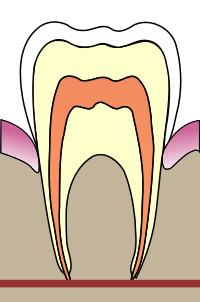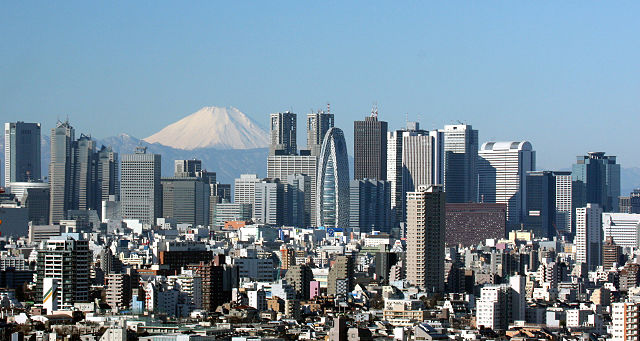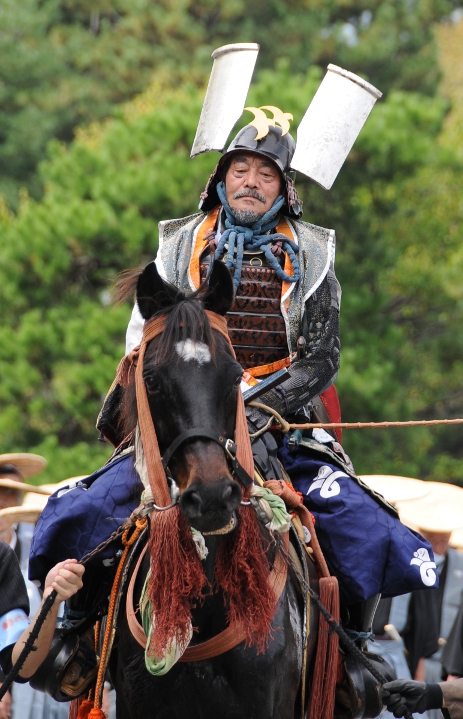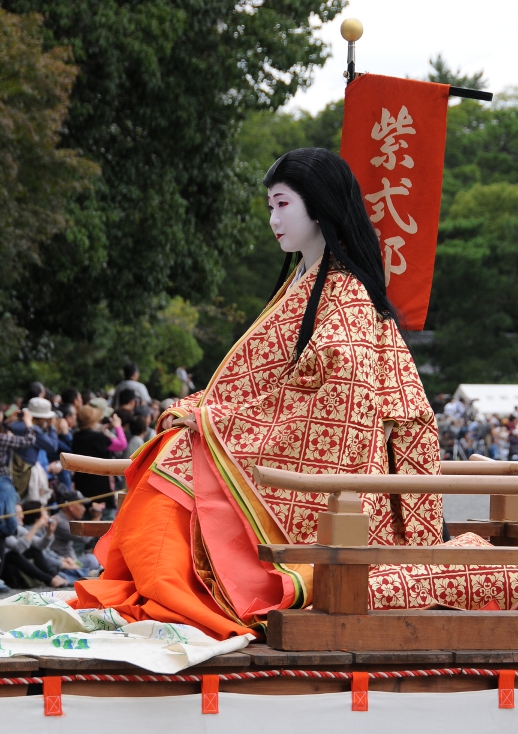About two weeks ago, on a Tuesday, when I was chewing on my after-dinner sweetie, I suddenly realized that part of a tooth had gone missing… Fortunately it was an old tooth, I mean, one that has been dead for several years, so there was no pain involved.
 For that reason, and also, I admit, because I am terrified of dentists, it took me a few days to make up my mind – but at least I was asking for recommendations of English speaking dentists during that time. A friend of mine finally took matters in his own hands and emailed his dentist, and after a bit of back and forth about appointments and directions I went there on Saturday morning.
For that reason, and also, I admit, because I am terrified of dentists, it took me a few days to make up my mind – but at least I was asking for recommendations of English speaking dentists during that time. A friend of mine finally took matters in his own hands and emailed his dentist, and after a bit of back and forth about appointments and directions I went there on Saturday morning.
The staff, despite being very friendly, spoke only rudimentary English – and they had problems with my name again – but they produced what seems to be the standard English form to fill in whenever you see a Japanese doctor: name, personal info, previous illnesses, current medication… Furthermore, not only had I to describe the problem (broken filling at lower left #6), I was also asked to draw a picture. I guess if I knew in such detail what was going on inside my mouth, I could probably also fix it myself?
Anyway, I was finally admitted to the doctor’s office and put on THE chair. From there it went straightforward as usual. After a brief look (no broken filling but the tooth itself gave way), an X-ray (probably overkill) and a discussion of options (no, I don’t want a root canal replacement, thank you so much!) the problem was quickly fixed. It was also very interesting that the dentist took pictures of my teeth. I don’t mean the X-ray, but real photographs. The camera was a very small, sticklike contraption, and the images were uploaded immediately to his computer. Let me assure you that there is nothing more encouraging of proper oral hygiene that having to face 10×10 blow-ups of what should be your pearly whites… Never before have I put so much effort in brushing…
In lieu of Japanese insurance I had to pay immediately; I was surprised that the treatment only cost 5300 YEN – and 2200 of that were the “first visit fee” which not only pays for a nice plastic card with your name on it and room for future appointments, but also for them putting in your details into their system. I also got another appointment for yesterday, where he checked the new filling again, did some polishing and sent me on my way. All in all the experience was just as expected, and it was painless too!
However, I will have to find a new dentist for the next incident. When taking the X-ray, the doctor and I went into that small X-ray cabin; he put that lead apron on me, looked at me and said “You’re beautiful”.
It was completely inappropriate. Don’t get me wrong, I enjoy compliments just like the next gal, but I want them in a private setting and not during a professional meeting. I would not go so far as to accuse him of full blown seku-hara (the Japanese term for sexual harassment), but the comment did make me feel very vulnerable, and yesterday, at the checkup I was more tense than usual even for a dentist’s appointment.
I met my friend today and he tried to explain it away, saying even he gets lots of those comments from both Japanese men and women, and the doctor just wanted to be friendly; but I don’t really think there is an excuse for this behaviour. Remember that simple friendliness will not leave me uncomfortable.















